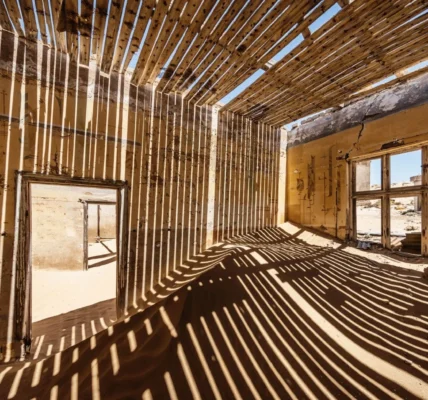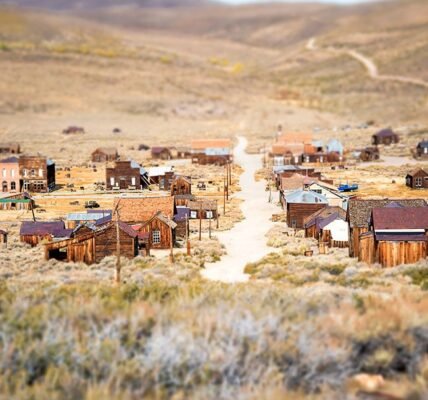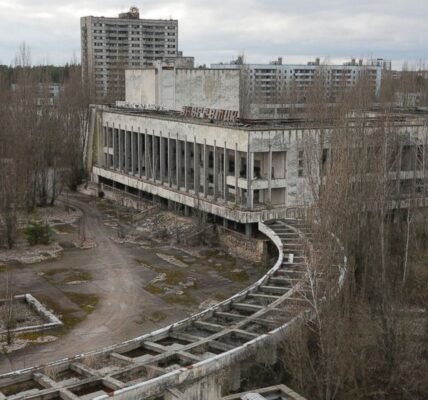Rising eerily from the sea just off the coast of Nagasaki, Japan, lies one of the most iconic abandoned places in the world—Hashima Island, better known as Gunkanjima or “Battleship Island.” Once a thriving coal mining community, Hashima is now a ghostly ruin, a concrete fortress reclaimed by the elements and immortalized in films, documentaries, and urban exploration lore.

The Rise of Hashima Island
Hashima Island was first developed in 1887, when coal was discovered beneath the seabed. The Mitsubishi Corporation quickly transformed the small island into a bustling mining hub, constructing concrete apartment blocks, schools, hospitals, and even a cinema for its workers and their families.
By the 1950s, Hashima was home to over 5,000 residents, making it one of the most densely populated places on Earth. Entire generations grew up on the island, living side by side with the constant rhythm of coal mining.

The Fall into Abandonment
In the 1970s, Japan began shifting from coal to petroleum as its primary energy source. As a result, the mines on Hashima were shut down in 1974, and the island was abruptly abandoned. Families left overnight, leaving behind schools, apartments, and personal belongings.
Today, the once-bustling community is a ghost island, with crumbling buildings, broken windows, and rusting machinery standing as silent reminders of its industrial past.

What Makes Hashima So Unique?
Hashima Island is unlike any other abandoned place in the world because of its isolated, fortress-like appearance. Some of the highlights include:
- Concrete Apartment Blocks: Japan’s first high-rise concrete buildings, now standing hollow and decayed.
- Abandoned Schoolrooms: Dusty chalkboards, scattered books, and desks left behind.
- Crumbling Hospital: Once vital for workers, now a haunting shell.
- Industrial Ruins: Rusting mining equipment and collapsed tunnels reveal the harshness of island life.
From a distance, the silhouette of Hashima resembles a battleship, earning it the nickname Battleship Island.
Hashima in Popular Culture
Hashima gained worldwide fame when it was featured as a villain’s lair in the James Bond film “Skyfall” (2012). It has also appeared in documentaries, video games, and photography projects, further cementing its reputation as one of the most fascinating abandoned places on Earth.
Can You Visit Hashima Today?
Yes—but only under controlled conditions. In 2009, Hashima Island was partially opened to tourists.
- Guided Tours: Boats depart from Nagasaki, allowing visitors to walk specific sections of the island.
- Restricted Areas: Many buildings remain too unstable for entry, but the guided paths still provide an unforgettable glimpse into the ghost city.
- UNESCO Recognition: In 2015, Hashima was designated a UNESCO World Heritage Site as part of Japan’s Meiji Industrial Revolution sites.
Why Visit Hashima Island?
For history lovers, photographers, and fans of urban exploration, Hashima offers a once-in-a-lifetime experience. It is a stark reminder of both Japan’s rapid industrial growth and the fragility of human settlements in the face of economic change.
The combination of haunting silence, concrete ruins, and ocean waves crashing against the walls makes Hashima one of the most photogenic and atmospheric ghost towns in the world.
Travel Tips
- Book Early: Tours to the island are limited and fill up quickly.
- Best Time to Visit: Spring and autumn for calm seas and pleasant weather.
- Photography Gear: Bring a wide-angle lens to capture the dramatic skyline of the island.
- Respect the Site: Stay within guided paths—many structures are unstable.




